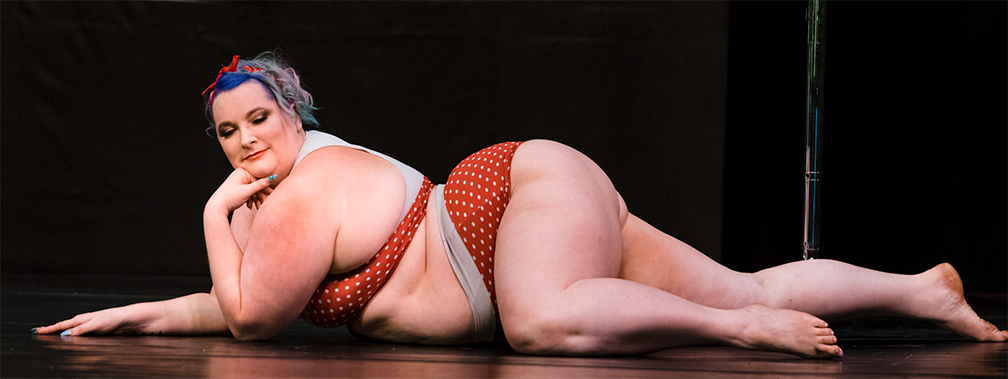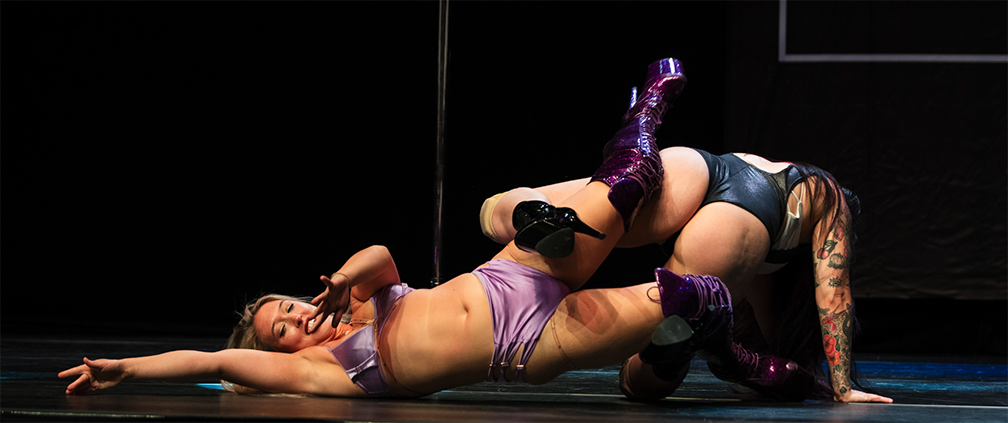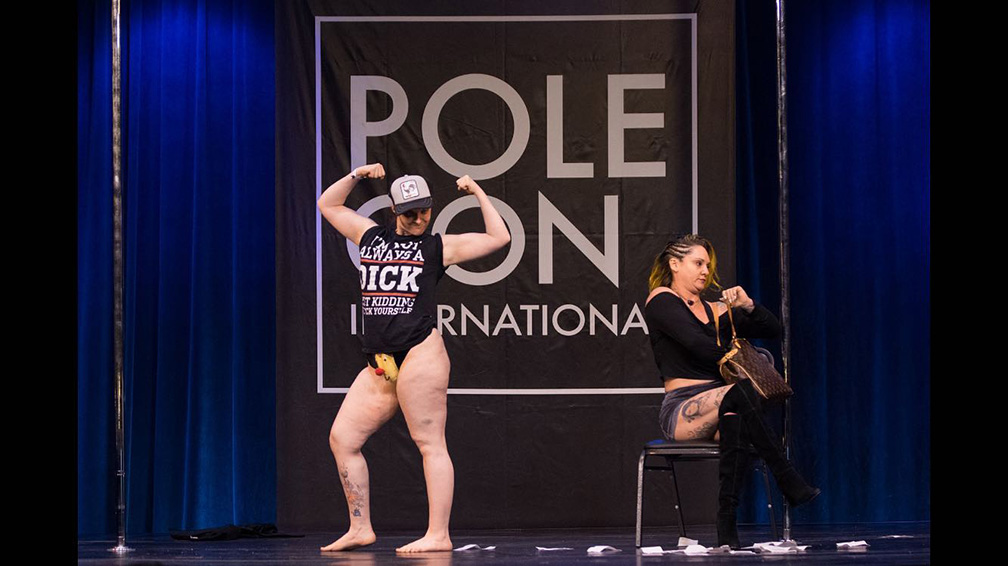
That’s $howbiz, Baby
The past 12 weeks, I’ve had the honor of being part of my studio’s second ever Student Performance Troupe. The Student Performance Troupe is a group of six students, led by one of our circus-school-graduate instructors, who spend 12 weeks creating a show from scratch. It’s a wonderful introduction to what it’s like to truly make a show from scratch (as opposed to making a piece for a student showcase). After talking about the financial aspect with some of the other students, I realized a lot of people have no idea how much it really costs to produce a show.
It’s Going to Cost You Money
For the performance troupe, there is both an application process and a cost associated with participation. I have no insight into how people are selected. There is a questionnaire sent around when registration opens that asks things like “are you available on <this day of the week> at <this time> for rehearsal?” and “how well do you do working in a group?” Nothing about years of training, nothing about talent, so it really is all about a willingness to work with others, share ideas, and hear each other out. It’s free to apply, but once you’ve been selected, there is a fee that covers our coach’s time for supervising our weekly 2 hour practice, studio time for that 2 hour practice, and our coach facilitating a weekly 1-hour zoom meeting where we discuss logistics and things that don’t require us being on apparatus.
When I did the math on how much our coach could possibly be earning from this venture, assuming the studio is making something I told her she wasn’t charging enough for her time.
As a facilitator, she has to hold space for all our emotions (we know performance art can bring out all the feels) plus the time she has to spend helping us rig, coaching us through sticky points, and teaching us some skills to elevate our performances.
Talking to some of the students who have also participated in student troupe, they shared that they were shocked by the other expenses above and beyond what they already paid to be part of the troupe.
Some Shows Cost (You) Less Than Other
On the other hand, I was a little surprised the other students didn’t realize there would be other collateral expenses.
Even when we perform in showcases for studios, there are additional costs.
Costumes, stage makeup, training time, potentially private lessons with an instructor you admire to polish your performance. To me, these are obvious extra costs any time you’re going to perform, especially if you’re doing a new character/routine and don’t have access to your own point at home or at a friend’s house.
I deduced the reason I was prepared for all these collateral expenses is because I’ve performed in independently produced shows outside of the studio setting. It seems like the other students expected some of these collateral expenses (like training time) to be included in the tuition they paid to be part of the troupe. Since I am a coach and also experiencing the student troupe, I can see it from both sides.
As a student, there was a bit of a sticker shock (thinking it was very high) when I saw the price, but then I took a breath, did the math, and thought it was too low.
It’s a Balancing Act
Ultimately, it’s really challenging to find a price point that satisfies all things.
When it comes to a studio setting we want to pay our instructors a good wage, but also have to cover the business expenses like rent, equipment, utilities while still keeping class prices within our student’s budgets.
In the same vein, for performances we want to pay people for their work, but we also have to consider the cost of venue rental, tech crew, advertising and a ton of other collateral expenses while keeping our tickets within our target audience’s price range.
- That’s $howbiz, Baby - April 18, 2025
- Are you Overtraining? - January 31, 2025
- What is Circus Pagan? - November 15, 2024


